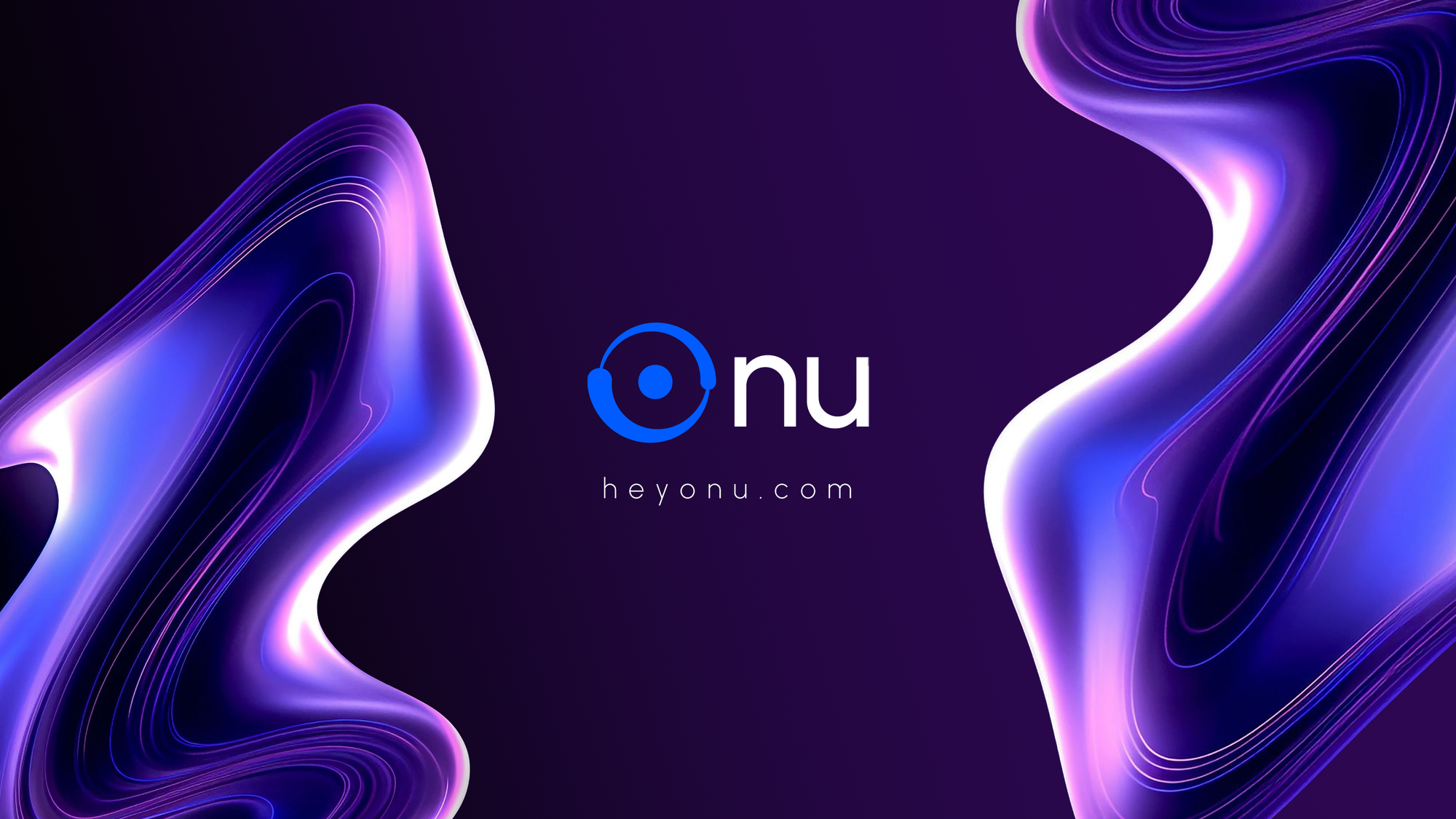The Dopamine Loop: Why Spending Feels So Good (and How to Break It)

Break the dopamine spending cycle with Onu’s AI-powered spending tracker and pattern analysis.
The dopamine loop makes spending addictive, releasing feel-good chemicals that encourage more purchases. Psychology Today explains it's a reward system gone awry in modern consumer culture. This guide explores why spending feels good and how to break the cycle, using Onu to track and manage habits.
With Onu, you can identify triggers and redirect spending to savings.
Break spending loops with Onu. Track patterns and save more.
Try OnuWhy Spending Triggers Dopamine
Spending activates the brain's reward center, similar to addiction. As per NPR, too much pleasure leads to tolerance, needing more to feel good.
- Triggers: Stress, excitement, or boredom.
- Cycle: Cue (ad), routine (buy), reward (dopamine hit).
- Impact: Leads to overspending and regret.
Example: Online shopping during breaks releases dopamine, encouraging repeat behavior.
Signs You're in a Dopamine Loop
Common indicators from Moneyfeelings and Wealthfit:
| Sign | Description | Example |
|---|---|---|
| Impulse Buys | Unexpected purchases for the thrill. | Buying clothes you don't need. |
| Post-Buy Regret | Guilt after the high fades. | Returning items frequently. |
| Emotional Spending | Shopping to cope with feelings. | Retail therapy for stress. |
| Increasing Frequency | More frequent purchases. | Daily online orders. |
Insight: Breaking the loop requires resetting pleasure sources.
Manage dopamine spending with Onu. Get pattern insights.
Get OnuStep-by-Step: Breaking the Dopamine Loop
30-day plan based on tips from Medium and NPR:
- Identify Triggers (Days 1–5): Log emotions before purchases. Onu tracks linked spending. Example: Notice stress leads to shopping.
- Dopamine Fast (Days 6–10): Take breaks from shopping or social media. Example: 30-day no-buy challenge.
- Replace Habits (Days 11–15): Use non-spending breaks like walking. Example: Exercise for dopamine instead.
- Set Rules (Days 16–20): Implement 72-hour wait for buys. Example: Add friction to online shopping.
- Track Progress (Days 21–25): Monitor savings with Onu. Example: Redirect $50/week to savings.
- Maintain (Days 26–30): Review and adjust. Example: Create before consume rule.
Real-Life Example: Breaking the Loop
Meet Alex, a 28-year-old with impulse buying:
- Triggers: Stress from work led to online shopping.
- Fast: 30-day dopamine fast from buys.
- Replace: Switched to reading for breaks.
- Rules: 2-minute rule for tasks, 72-hour for purchases.
- Onu: Tracked patterns, saved $300/month.
Result: Reduced spending by 40%, built emergency fund.
Financial Impact of Breaking the Loop
Benefits from BigBrainMoney:
- Savings: $100/month avoided grows to $6,500 in 5 years at 5%.
- Debt Reduction: Less impulse buys mean faster payoff.
Example: No-buy challenge saves $500/year for investments.
Context: Spending Psychology in 2025
Trends from LinkedIn and Freedom.to:
- Rise: Digital shopping boosts loops.
- Tips: No-buy challenges popular.
Example: Pain from no-buy resets brain balance.
Final Thoughts
The dopamine loop fuels spending, but understanding and tools like Onu can break it. Redirect energy to saving for true financial freedom. Start with Onu today.
Sources: neuropacific.com, medium.com, psychologytoday.com, moneyfeelings.substack.com, npr.org, linkedin.com, bigbrainmoney.com, freedom.to, wealthfit.com. This article is for informational purposes only and not financial, legal, or tax advice.
Break the loop with Onu. Track spending now.
Join Onu